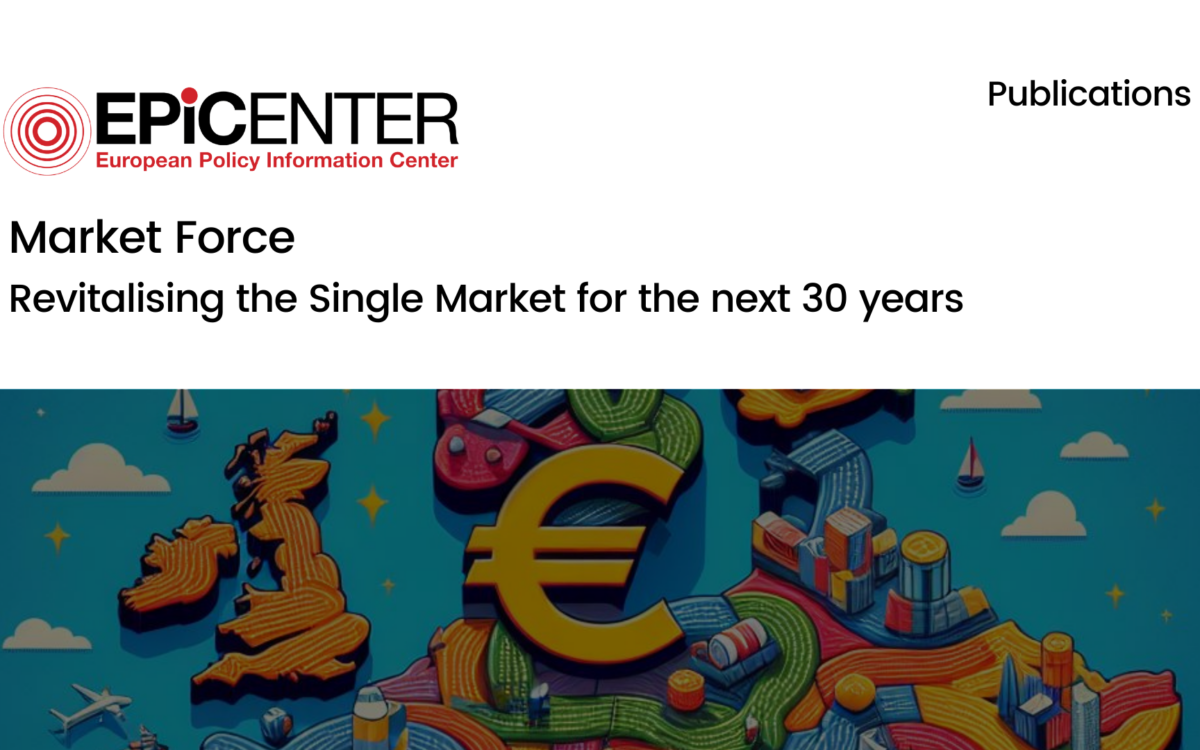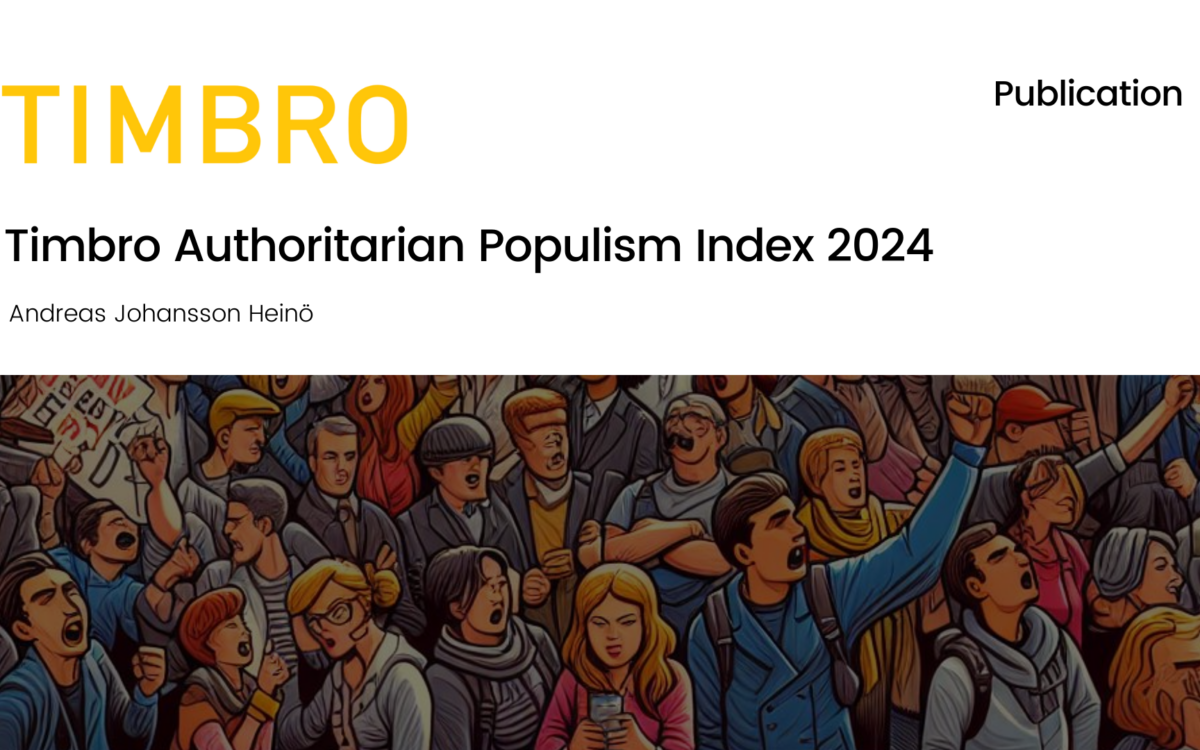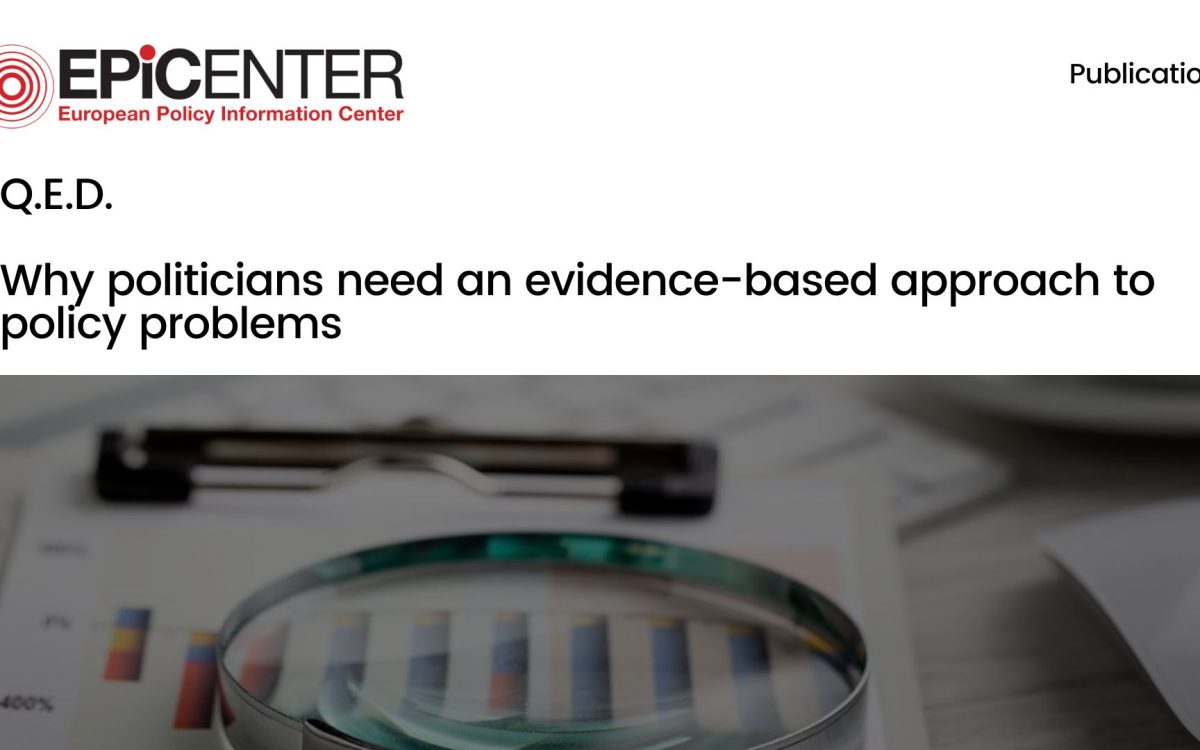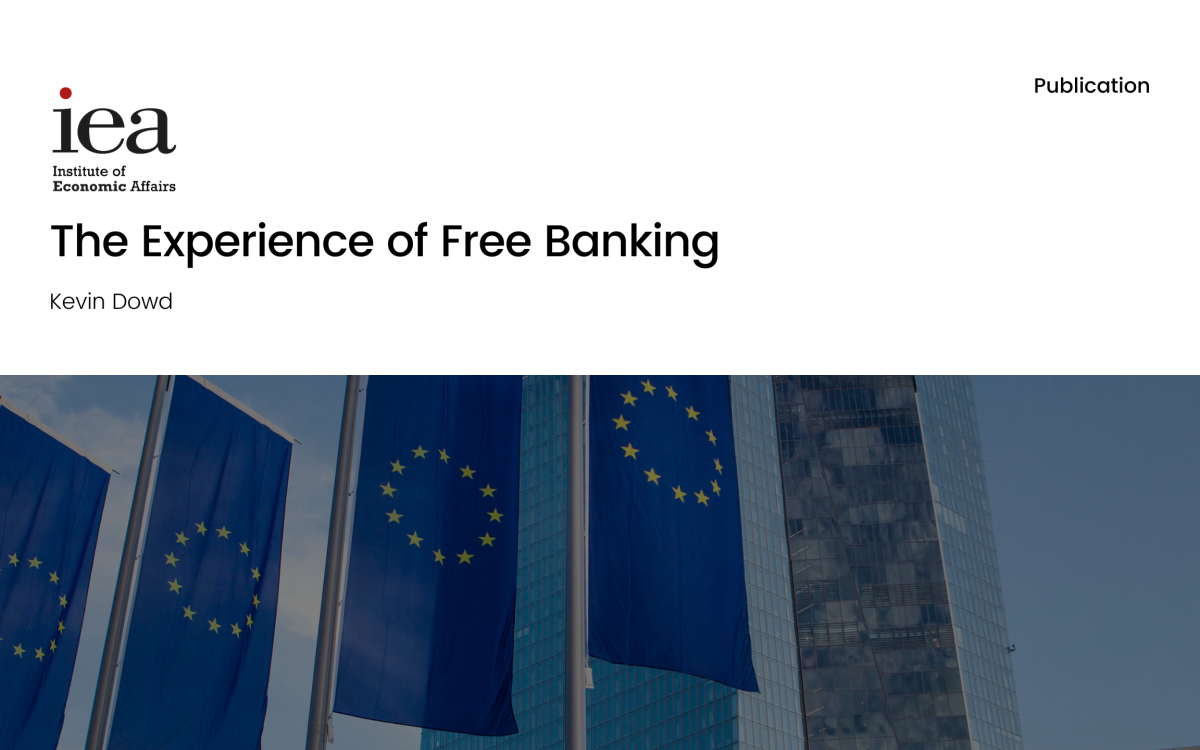What’s Next for Europe’s Mobile Network?
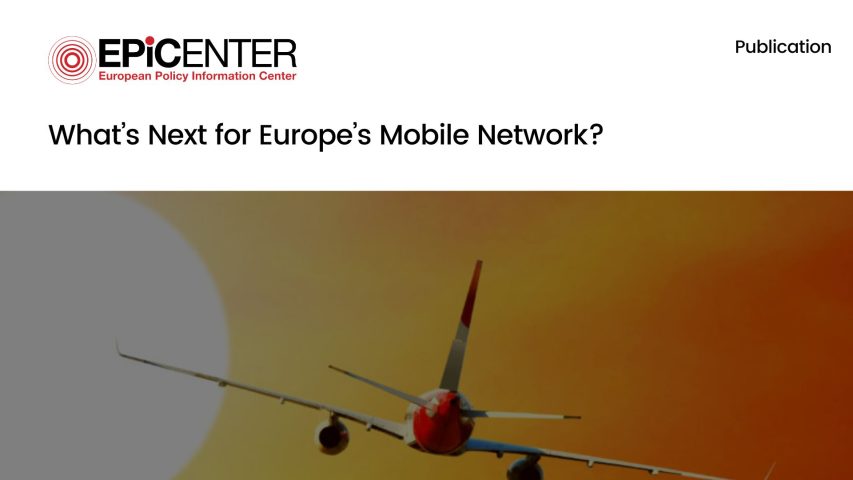
What’s Next for Europe’s Mobile Network?
Giovanni Caccavello, Research Fellow at EPICENTER // 16.12.2016
On December 12th, Member States’ Representatives voted to formally adopt the latest European Commission proposal to end roaming charges in the EU by June 15th, 2017.
The proposal’s aim is ambitious, but as technology evolves and globalisation continues it offers us a unique case to analyse. In a nutshell, if adopted, the legislative move will enable all European travellers to call, send messages and browse the internet on their mobile devices while abroad in the EU without any charge above and beyond the price they already pay at home. This mechanism, called “Roam Like at Home” (RLAH), will be supported by so-called fair use policies, which will prevent consumers from abusing the system by mass purchasing and reselling of SIM cards for permanent use outside the country of the operator, and operators from placing surcharges on domestic consumers.
As free movement of people is one of the EU’s fundamental freedoms, the decision to introduce the “RLAH” principle is touted as the final step towards a single telecommunications market which will be more consumer-friendly. As of today (see table 1), the cost of sending text messages and making phone calls abroad has been reduced by more than 90% since the EU began capping roaming charges in 2007.
Table 1: Selected retail caps for mobile roaming within EU & EEA (Euros without VAT) – European Commission
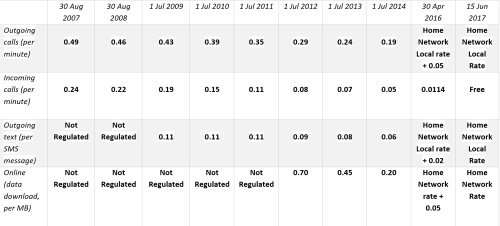
If implemented, “RLAH” proponents suggest that the latest EC proposal will reduce costs for European travellers; will lead to greater economies of scale; and will expose national operators to other players within Europe.
According to benchmarking by the Body of European Regulators of Electronic Communication (BEREC), there is evidence of market forces at work. As its latest 2016 report indicates (BEREC, 2016: 11), the average EEA prices for voice roaming services are close to the regulated caps despite a significant margin between the typical wholesale prices and retail caps.
At the same time, there are no indications that operators have in general tended to raise the prices of unregulated Rest of World roaming calls to make up for the loss of revenue due to lower regulated price caps (BEREC, 2016: 9).
However, if these benefits are to be grasped by consumers and businesses, the adoption of this proposal should be seen as the natural starting point for wider telecom market reform. As things stand, a single communication market is not yet in place.
Hence, it is crucial for EU institutions to consider not only the direct gains from “RLAH”, but also on its potential costs, such as – for example – the possibility for mobile providers to raise charges for domestic phone users in order to compensate for lost revenue from roaming. Increased domestic prices are a potential unintended outcome and they would of course adversely affect consumer welfare.
One key economic problem arises from the differential impact on network operators, primarily because of different amounts of incoming and outgoing travellers. In order to mitigate any negative effect, the European Commission has introduced “fair use” measures that operators can apply once the initiative enters into effect, from June 2017, to prevent anomalous usage of the system. These measures, whose aim is to avoid negative effects on consumers, will be supported by additional safeguards for operators.
Another key difficulty is related to the significant reduction of the wholesale cap for data, voice and SMS for Mobile Virtual Network Operators (MVNOs). In the coming months, EU Member States will have to approve the rates proposed by the EC, but given the complexity of the subject it will be difficult to find the right level for operators to offer RLAH on a sustainable basis.
As Van der Wee et al. (2016) explain, there are alternative strategies for the future of mobile network in Europe. A first interesting solution focuses on the development of a double approach towards big and small operators. With regard to large operators, this strategy envisages a further rise in the number of mergers in the mobile telecom market as well as a process of traffic steering and the introduction of a supra-national allocation of radio spectrum to stimulate cross-border competition. On the other hand, smaller operators should be enabled to offer their services in different countries using either a location-based or a uniform pricing system thanks to bilateral agreements between national regulators.
Another solution, instead, looks at the development of a new SIM technology, similar to the one released by Apple in 2014. In particular, this application, which gets closer to the concept of an entirely software-based SIM (a SIM card that is embedded in the mobile phone, rather than being removable) for any country, would give consumers huge freedoms in choosing their mobile supplier and would allow them switch mobile network quickly.
Thus, as Europe moves towards an internet-based economy and the digital single market strategy gathers momentum, it is key that simpler regulation aimed at both eliminating barriers to communication and reducing costs carries on. As Tangeras and Tag (2016) emphasise, European policy-makers should promote full deregulation of telecom markets, a long-term policy objective of the EU. As they explain in their paper, national regulatory authorities currently have incentives to set termination rates above marginal costs to extract rents from international termination. International network consolidation and deregulation are effective alternatives to combat these market distortions.
Given the advanced status of negotiations and the relative scarce time left until June 2017, this should be policy-makers’ first priority.
References:
BEREC (2016), “International Roaming BEREC Benchmark Data Report October 2015-March 2016”. http://berec.europa.eu/eng/document_register/subject_matter/berec/reports/6480-international-roaming-berec-benchmark-data-report-october-2015-8211-march-2016
Tangeras and Tag (2016). International network competition under national regulation
International Journal of Industrial Organization, Volume 47, Pages 152-185. http://www.sciencedirect.com/science/article/pii/S0167718716300248
Van der Wee et al. (2016), “International Roaming in the EU: historic overview, challenges, opportunities and solutions”. https://papers.ssrn.com/sol3/papers.cfm?abstract_id=2753286
Download or share this publication
View the PDF
EPICENTER publications and contributions from our member think tanks are designed to promote the discussion of economic issues and the role of markets in solving economic and social problems. As with all EPICENTER publications, the views expressed here are those of the author and not EPICENTER or its member think tanks (which have no corporate view).
